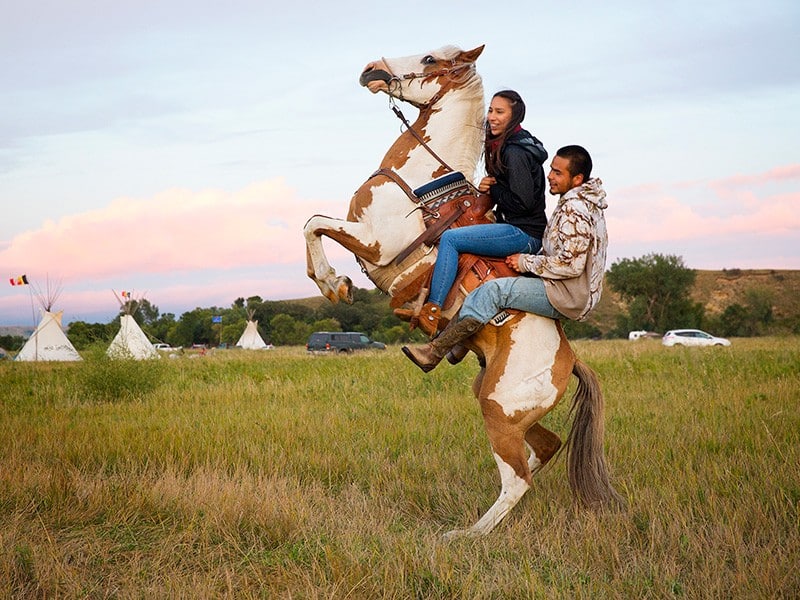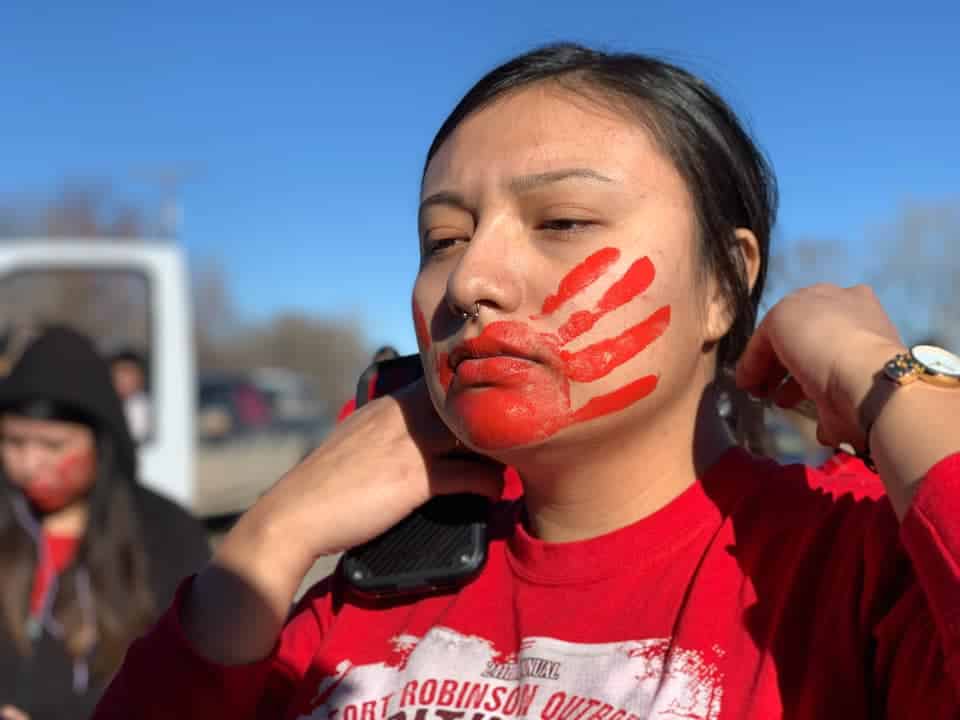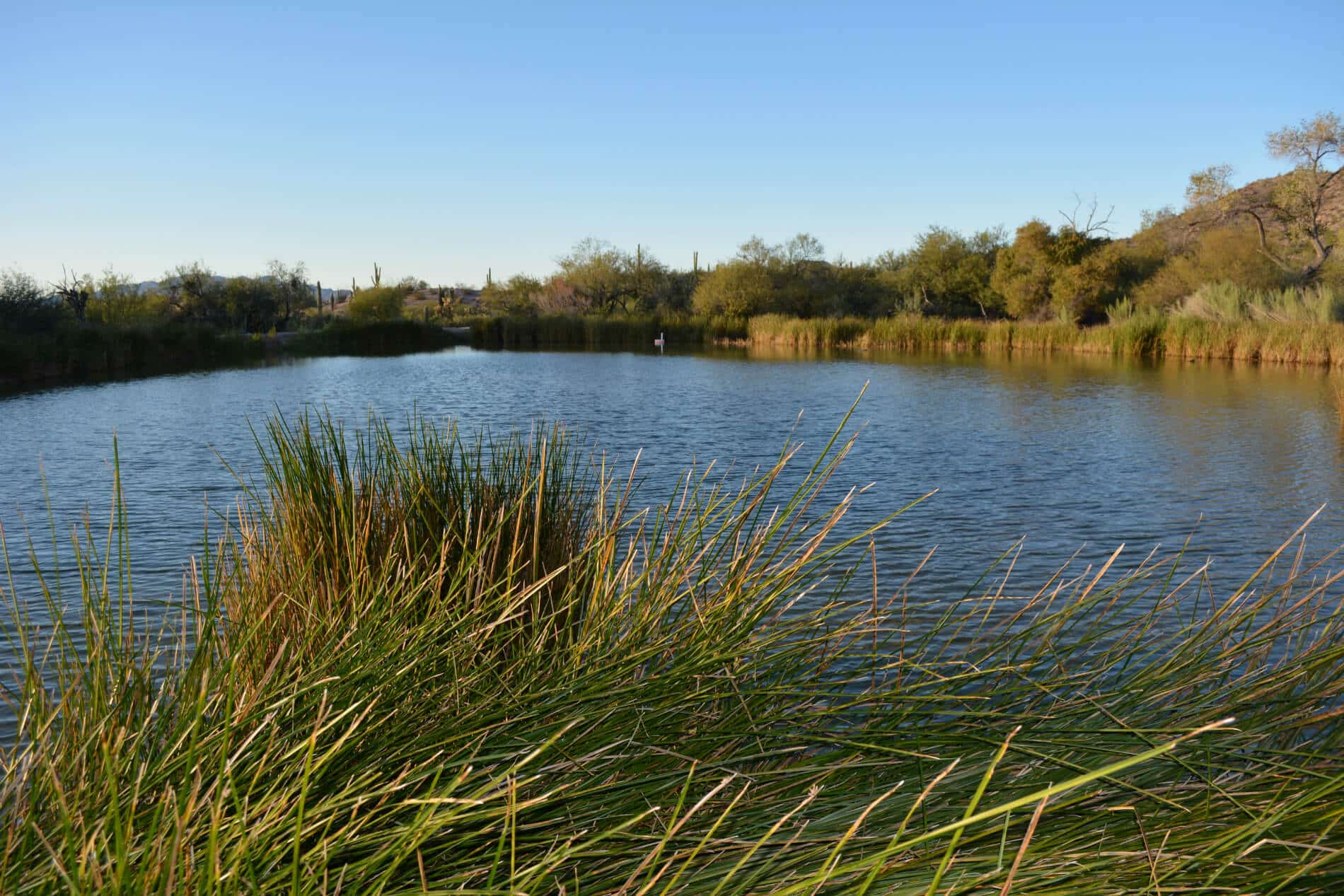The indigenous population in the United States of America is estimated between 2.5 and 6 million people,1 of which 23% live in American Indian areas or Alaska Native villages. Indigenous peoples in the United States are more commonly referred to as Native groups. The state with the largest Native population is California; the place with the largest Native population is New York City.
573 Native American tribal entities were recognized as American Indian or Alaska Native tribes by the United States in July 2018, and most of these have recognized national homelands. While socioeconomic indicators vary widely across different regions, the poverty rate for those who identify as American Indian or Alaska Native is around 27%.
The United States announced in 2010 that it would support the UNDRIP as moral guidance after voting against it in 2007. The United States has not ratified ILO Convention No. 169. Federally recognized Native nations are sovereign but legally wards of the state. The federal government mandates tribal consultation on many issues but has plenary power over indigenous nations. While American Indians in the United States are generally American citizens, they are also citizens of their own nations.
International Work Group for Indigenous Affairs, The Indigenous World 2019




